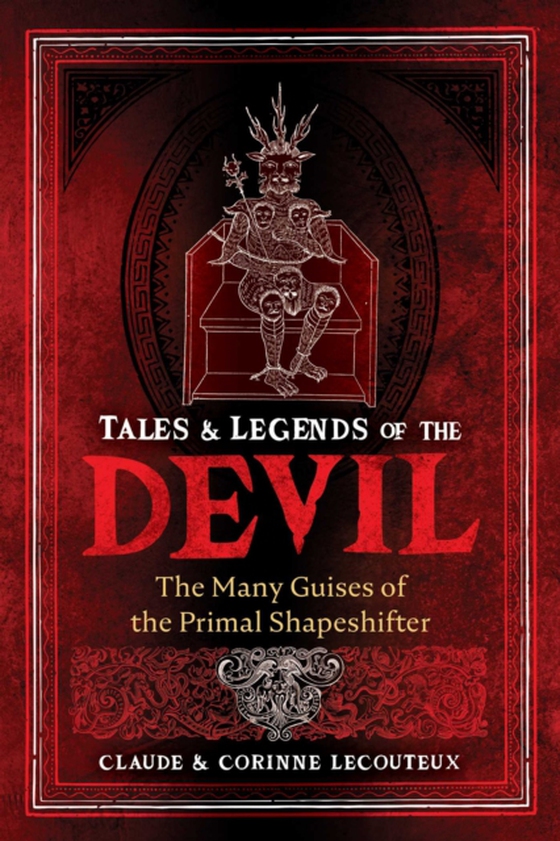
Tales and Legends of the Devil e-bog
218,86 DKK
(ekskl. moms 175,09 DKK)
Explores the many forms and abilities of the devil in stories from around the world*; Draws on folk traditions from all over Europe, including Transylvanian Romania, Bulgaria, Albania, Switzerland, Italy, France, Scandinavia, and the Baltic countries*; Traces the devil's shapeshifting powers back to their Vedic origins in ancient India and looks at his connections with witches and storm magic*;...
E-bog
218,86 DKK
Forlag
Inner Traditions
Udgivet
29 august 2023
Længde
240 sider
Genrer
Folklore studies / Study of myth (mythology)
Sprog
English
Format
epub
Beskyttelse
LCP
ISBN
9781644116869
Explores the many forms and abilities of the devil in stories from around the world*; Draws on folk traditions from all over Europe, including Transylvanian Romania, Bulgaria, Albania, Switzerland, Italy, France, Scandinavia, and the Baltic countries*; Traces the devil's shapeshifting powers back to their Vedic origins in ancient India and looks at his connections with witches and storm magic*; Reveals how many of the qualities and magical powers attributed to the devil were once those belonging to pagan godsThe devil has many more guises than the clich red boogeyman named Lucifer or Satan who haunts Christianity. In some traditions the devil is sinister and cunning, while others portray him as an oaf who can easily be conned and evaded by anyone with an ounce of cleverness. In other tales and legends, he is the primal shapeshifter, and the Roma, also known as the gypsies, claimed his talents of metamorphosis were so strong he could even assume the appearance of a priest. Drawing on folk traditions from all over Europe, including Transylvanian Romania, Bulgaria, Albania, Switzerland, Italy, France, Scandinavia, Moravia, Bohemia, Lapland, and the Baltic countries, Claude and Corinne Lecouteux explore the many forms and abilities of the devil in stories, tales, and legends throughout the ages. They trace the devil's shapeshifting powers back to their Vedic origins in ancient India and look at his connections with witches, storm magic, and other magical events. They examine the symbolic implications of the appearance of the devil in these tales, such as how he is often either limping or disfigured with the legs or feet of a goat or other animals traditionally linked to the lower powers or passions. They explain how the devil's limp or his goat-like feet reflect the prevalence in world mythology of the sacred nature of crippling injuries. Peeling back the Christian veneer embedded in many tales and legends about the so-called Evil One, the authors ultimately reveal how many of the qualities and magical powers attributed to the devil were once those belonging to pagan gods, like the Lithuanian thunder god Perknas or the Titan Chronos, as well as to playful woodland spirits and the sometimes helpful, sometimes fearful fauns and satyrs of Greco-Roman mythology.
 Dansk
Dansk

